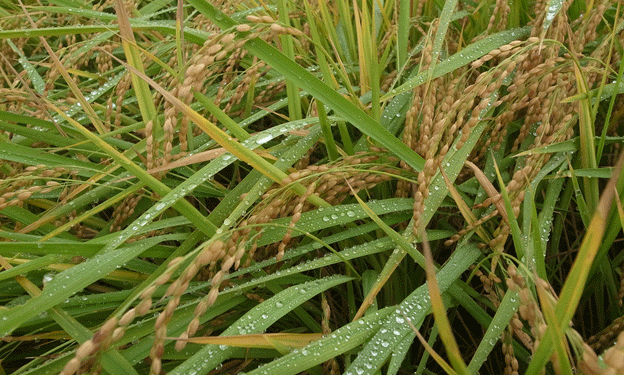Rice production in Russia’s Krasnodar region, commonly referred to as Kuban, has seen impressive growth in 2024. By mid-October, farmers harvested 767,500 tonnes of rice, which is 138,900 tonnes more than the previous year at this point. With nearly 95% of fields harvested across 110,000 hectares, the average yield has reached 72.4 centners per hectare (c/ha)—a significant increase of 2.4 c/ha from 2023. Officials at the regional Ministry of Agriculture anticipate that total output will exceed 1.1 million tonnes, reflecting improved farm management and steady investment in irrigation infrastructure.
Other rice-growing regions in Russia have also recorded optimistic figures. In Dagestan, production is expected to hit 165,000 tonnes this year, a jump of 10,000 tonnes from 2023. Rice cultivation area in the republic expanded by 2,000 hectares to reach 34,000 hectares, according to regional agricultural minister Mukhtarbi Adzhekov. Meanwhile, Astrakhan’s farmers aim to produce 36,000 tonnes of rice, a substantial 30% rise from the previous year, as reported by Governor Igor Babushkin. As of October, Astrakhan had harvested half of its fields, yielding 18,000 tonnes, with the full potential yet to be realized.
Agricultural experts attribute these successes to favorable agronomic practices and strategic use of irrigation, critical for rice crops that are resilient to droughts but require precise water management. Vladimir Petrichenko, the director of ProZerno, highlighted that rice’s unique irrigation setup has helped mitigate drought impacts. Although weather fluctuations, like lower temperatures in early May and heat stress during the late growing season, affected seed germination and spikelet fertility, the overall outcome remains positive. The National Rice Union’s analyst, Valery Ladatko, noted that despite these hurdles, this year’s harvest performance underscores the adaptability and resilience of Russian rice varieties.
Looking ahead, Astrakhan has ambitious plans to bolster its rice sector further. The region is poised to build two full-cycle processing plants and increase its cultivation area to 48,000 hectares over the next three years, aiming to boost production capacity sevenfold. Such developments could propel Astrakhan into the top ranks of Russia’s rice-producing regions, creating new opportunities for local farmers and investors.
The current year’s data show promising advancements in Russian rice production, driven by a combination of increased cultivation areas and strategic irrigation practices. While weather conditions presented challenges, the resilience of rice farming in regions like Kuban, Dagestan, and Astrakhan signals a robust outlook for the future. Continued investment and innovation will be crucial to maintaining and expanding these gains, especially in light of climate variability.
Error




